Cut off for decades, this historic Fort Worth neighborhood is getting new attention
Greenway Place was the kind of place where the whole village raised the children. If you got in trouble, your parents knew about it before you got home, and the friends you made playing in the nearby city dump lasted a lifetime.
It was also one of the first neighborhoods in Fort Worth where Black residents could buy homes. Established in the early 1940’s, Greenway became a center of the city’s Black culture with an annual Juneteenth celebration in nearby in Greenway Park.
But since the construction of Interstate 35W in 1959, Greenway has been cut off from the rest of the city, sandwiched between the freeway and the Union Pacific rail yard. The neighborhood also faced decline when several residents lost their homes to tax foreclosure.
As Fort Worth grows, and available land in the urban core becomes more scarce, Greenway is getting new attention from home builders. Its location is now its biggest asset, given the proximity to both downtown and the future Panther Island.
Some residents worry the new development will price them out, citing rising property values and the increased property taxes that follow. But the newcomers say they want to improve their neighborhood and help it get the attention it rightfully deserves.
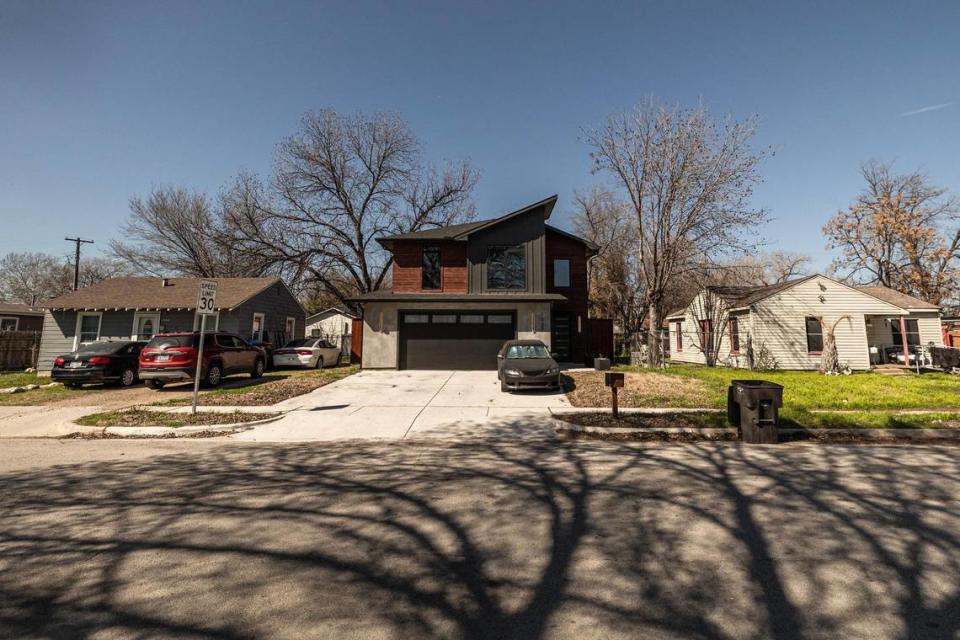
Greenway’s past
Fort Worth voted to annex the Greenway Place addition in 1944 along with Forest Park, Crestwood and Bluebonnet Hills. The area is north of East Belknap Street and bounded by the Trinity River to the north, Interstate 35W to the east and Cold Spring Road to the west.
Developer Garland Ellis advertised the lots to Fort Worth’s Black community in September 1944 with prices ranging from $175 to $300, which is roughly $3,000 to $5,000 today.
It was a tight knit community, said neighborhood association president Nobel Reed, who also grew up in Greenway.
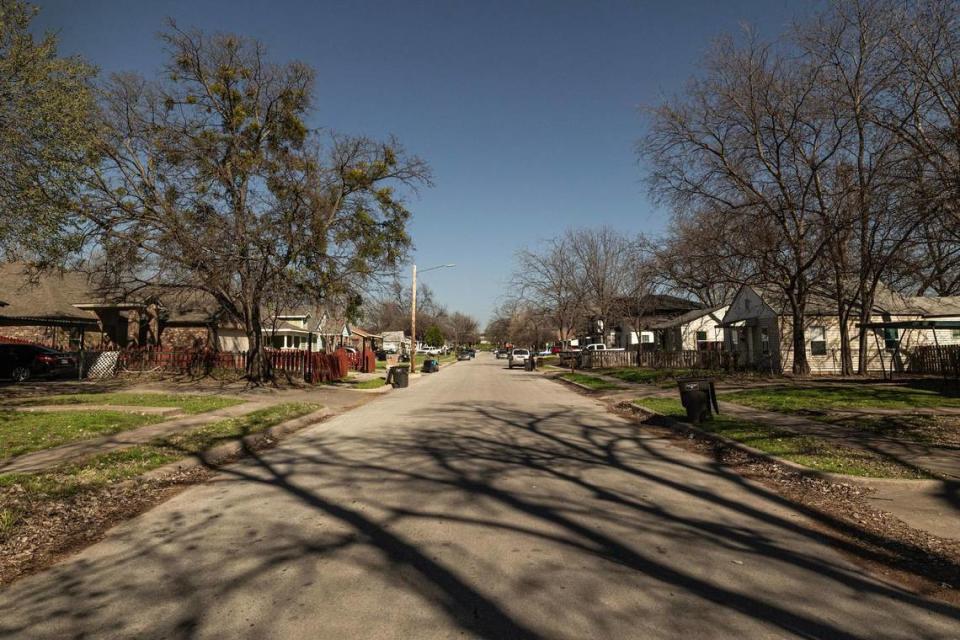
“I met my best friend when I was 5 years old and we stayed friends through first grade to high school, and thankfully all the way through college,” he said.
The city dump was just north of the neighborhood, which sometimes served as a playground for young children, said Ruby Clark, whose family moved to the neighborhood in the early 1950s.
“I don’t know how we didn’t hurt ourselves,” she said, recounting how she and her friends would find shoes, paper to write on and other trinkets among the trash.
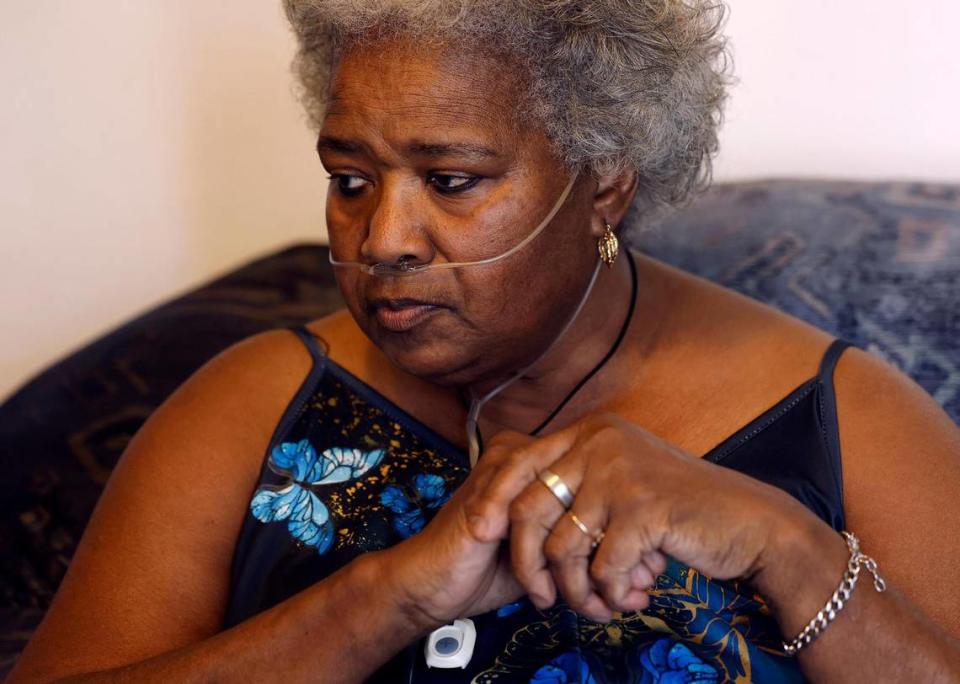
The neighborhood frequently flooded when the Trinity River left its banks. The 1949 flood that damaged much of what’s now the Cultural District initially spared Greenway. However, water released from those areas eventually flowed to Greenway and inundated the neighborhood, Reed said.
The construction of Interstate 35W tore the neighborhood apart, said former Star-Telegram columnist Bob Ray Sanders, who grew up going to high school with kids from Greenway.
It became an island because the freeway made the neighborhood so inaccessible, he said.
The neighborhood also started to decline after the first generation of homeowners passed on, according to Clark.
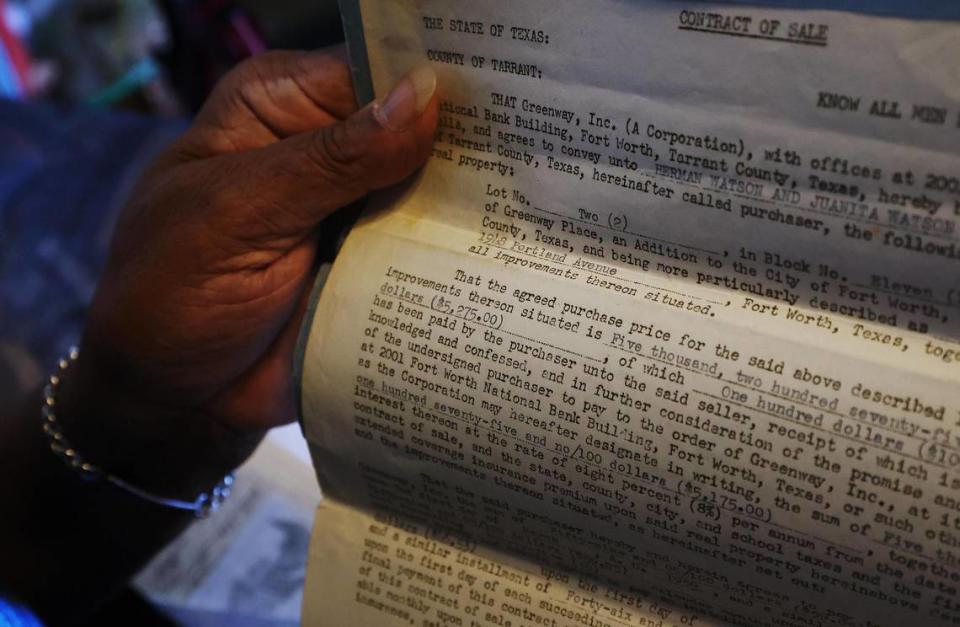
“People didn’t pay the taxes on the house, so the city took ‘em,” she said. A lot of the homes deteriorated and became empty lots.
The neighborhood was rough in the 1960s, said Charlotte Peoples, 64, whose family moved to the area from Marlin. Peoples had to contend with drug dealers and getting into fights under the railroad bridge that connected the neighborhood to Ruby Williamson Elementary. That building now serves as Tarrant County’s minimum security jail.
“But Greenway’s just like any other neighborhood,” she said. “Sometimes we get bad people, but thank God they don’t last.”
New interest
Home builder Joseph Valenzuela of Grand Prairie first learned about Greenway in 2019. He had just started his company Zuela Homes, and was looking for property to build his first set of projects.
Greenway seemed like the perfect neighborhood given the amount of available land and its proximity to downtown and the future Panther Island, Valenzuela said.
He bought his first two lots on Carver Avenue before selling them for around $250,000 in 2021. Most of the homes in Greenway are valued at less than $150,000, according to the Tarrant Appraisal District.
Valenzuela has built 10 homes in the neighborhood since 2019. All have been on empty lots, which were purchased from another developer who had been sitting on them since 2015.
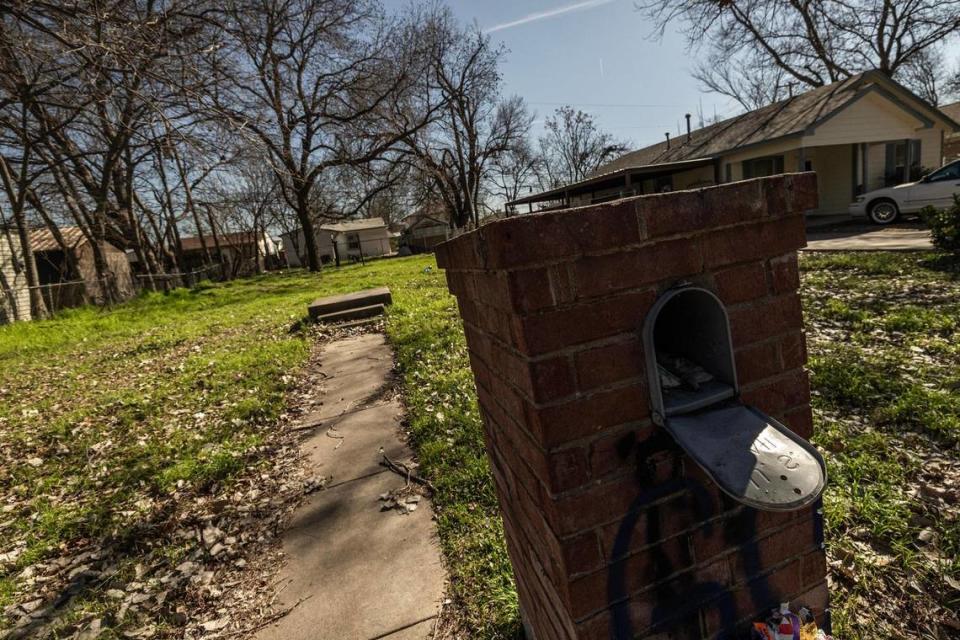
Most of Valenzuela’s homes are two stories with a garage, at least three bedrooms and two bathrooms. His most recent sales in Greenway came in September and October 2023. Both listed for $440,000.
Unlike the single story bungalow style housing built in the 1940s and ‘50s, the new homes are sleek and boxy with accent lighting and flat outdoor finishes akin to some of the newer built homes in neighborhoods like Linwood or those surrounding TCU.
“If I had the money, I would have done this myself,” said neighborhood association president Reed. The neighborhood has tried to clean up some of the empty lots that are overgrown with weeds and filled with trash and wildlife.
The new houses are raising the neighborhood’s tax base, but Reed said he’d rather see a new house than an empty lot.
The first buyers of Valenzuela’s new homes were mostly employees from Lockheed Martin.
Two of those buyers, William Sharpe and Taylor Rehmet, said they’ve tried to become active members of the community rather than just people trying to cash in on a developing neighborhood.
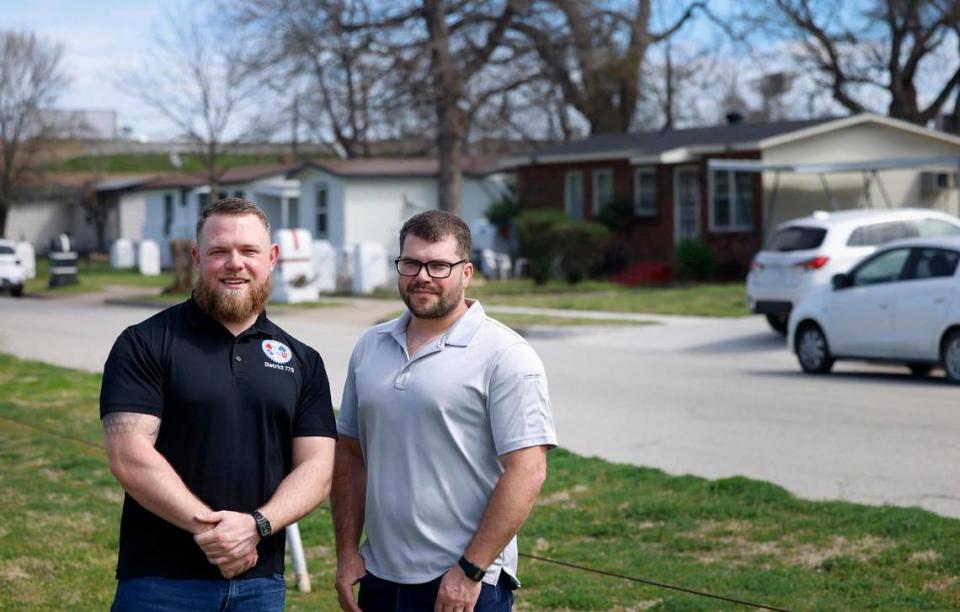
Rehmet, who moved to Greenway in January 2021 after living in a D.R. Horton Community in east Fort Worth, said the neighborhood reminded him of where he grew up in Garland.
“It’s that mentality where we all kind of look out for each other in this small community,” he said.
Both acknowledged there was some hesitation from neighbors when they first moved in. Sharpe recounted a conversation with Reed in which the neighborhood leader commented the pair would stay in Greenway just long enough until they could find a house in a gated community.
“I could see where he was coming from, but told him that was absolutely not what’s happening,” Sharpe said.
Both jumped at the chance to build a new sign for Delga Park on the north side of the neighborhood. They collaborated with Reed, who worked with the city to get proper permits for the sign
Rehmet referenced the saying about society grows great when old men plant trees whose shade they’ll never sit in. He said Reed is like that for Greenway, and both he and Sharpe want to be able to follow in those footsteps.
The G-word
Valenzuela didn’t shy away from the idea that his homes may be gentrifying Greenway.
Land values have shot up since since he started building in the neighborhood. Of the four empty lots Valenzuela still owns, their appraised value rose from $5,000 in 2021 to around $36,000 in 2022.
“It’s always in the back of my mind,” he said, adding it’s not his goal to make people uncomfortable or push people out.
At the same time, Valenzuela argued his developments have been a net positive to the neighborhood,.
“People are cleaning up their yards, doing detail work on their houses, and there’s more pride in the community,” he said.
Still older residents on fixed income are feeling the pressure of rising prices, said longtime resident Peoples. She lives in a house owned by her deceased brother, which prevents her from getting a homestead exemption that would protect her from rapidly rising home values.
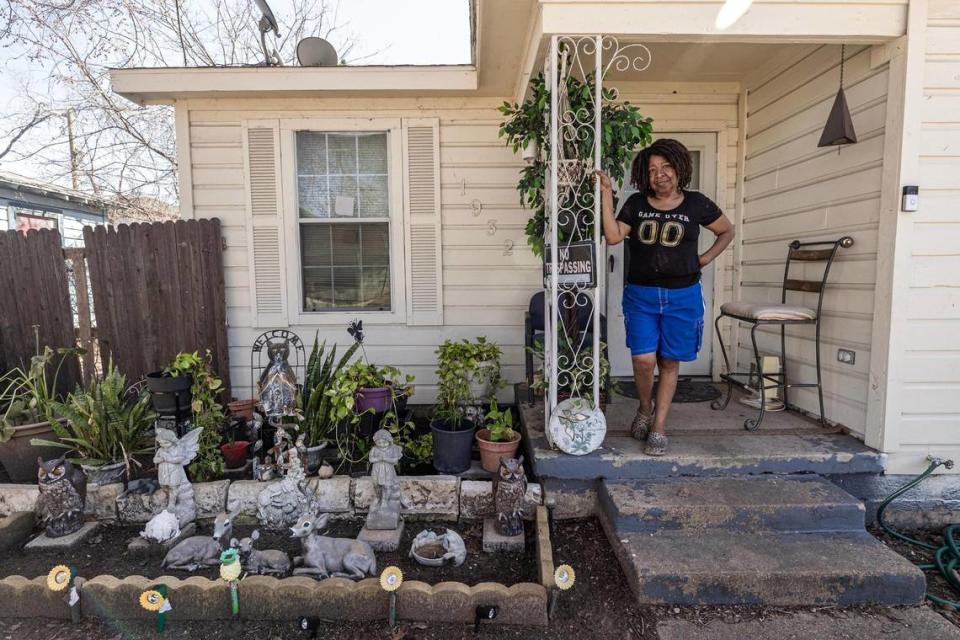
She said it feels like there’s an effort to displace older and lower income homeowners in order to build expensive houses closer to downtown. She noted several houses in the neighborhood get mailers and people coming to their doors asking to buy their homes.
“Back in the ‘60’s nobody thought about this little old ragged neighborhood when everyone was running crime, but now today everyone wants to move closer to downtown,” she said.
Reed said he hopes it won’t get to the point where large portions of the neighborhood will be pushed out, but said people losing their homes over property taxes is not new in Greenway.
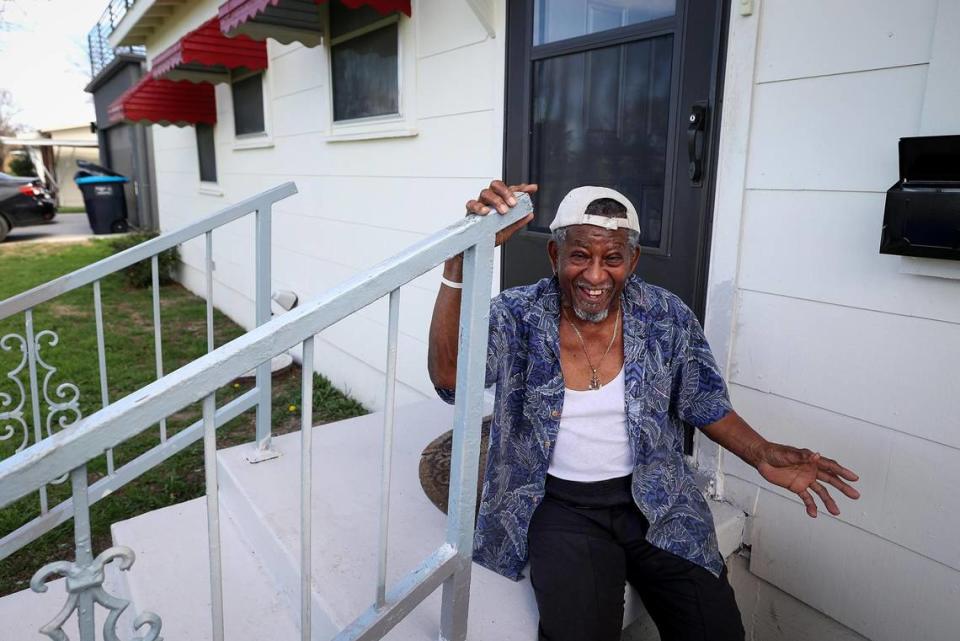
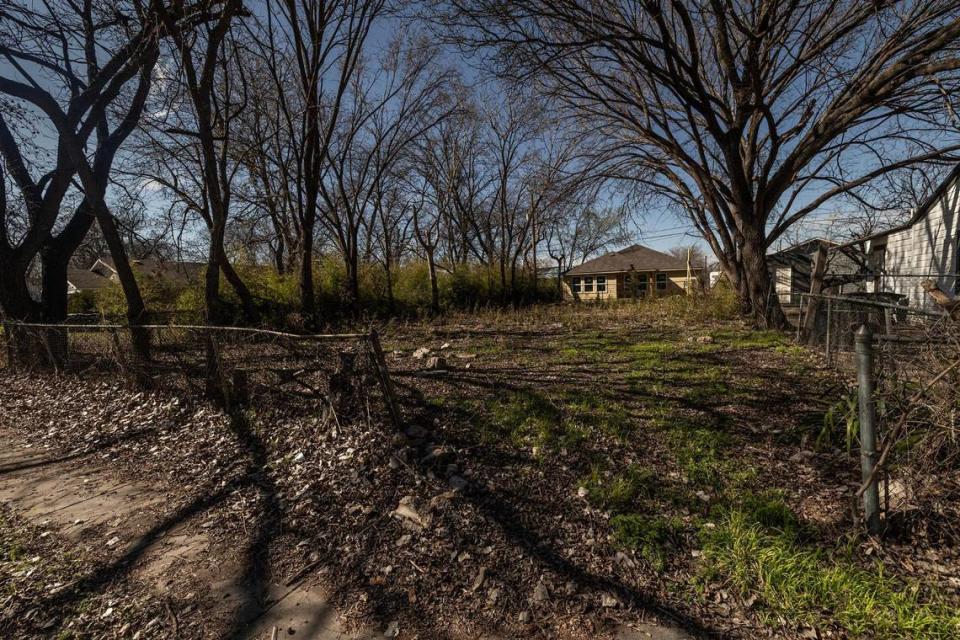
“Maybe I’m blind to it because the situation I have with the homestead and over 65 tax exemptions, but I’d rather see homes than vacant lots full of trash and weeds,” he said.
His biggest concern is an influx of apartments. He referenced the nearby Rock Island neighborhood along Samuels Avenue where several single family homes were bought up before being turned into apartment complexes.
Several of those displaced families moved to Greenway, Reed said, adding he doesn’t want to see the same thing happen in his neighborhood.
Both Rehmet and Sharpe acknowledged the perception that new property owners are gentrifying Greenway, but he countered by saying they are doing it with the intention of making the neighborhood better for everyone.
“I’m proud of where we live, and that’s not gonna change,” Rehmet said.

